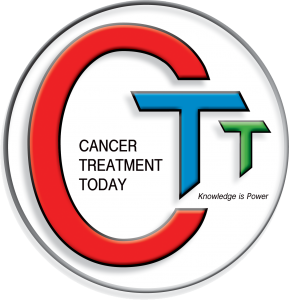Hyper-CVAD – pro
Standard doxorubicin-based combination chemotherapy, such as CHOP, frequently induces remissions of short duration in agressive lymphomas, and R-HyoerCVAD is a more aggressive, multiaggent regimen that appears to induce more remissions in such cases. Hyper-CVAD chemotherapy consists of two combinations of drugs (courses A and B) given in an alternating fashion. The term ‘hyper’ refers to the hyperfractionated nature of the chemotherapy, which is given in smaller doses, more frequently, to minimize side effects. ‘CVAD’ is the acronym of the drugs used in course A: cyclophosphamide, vincristine, doxorubicin (also known by its trade name, Adriamycin), and dexamethasone. Course B consists of methotrexate and cytarabine. Adding Rituxan increases response rates.
M. Dreyling, Hyper-CVAD in mantle-cell lymphoma: Really “hyper” or just hype?
Leukemia and Lymphoma, Volume 49, Issue 6 June 2008 , pages 1017 – 1018
Stefan Faderl et al, Augmented Hyper-CVAD Based on Dose-Intensified Vincristine, Dexamethasone, and Asparaginase in Adult Acute Lymphoblastic Leukemia Salvage Therapy. Clinical lymphoma, myeloma, leukemia: February 2011Volume 11, Issue 1, Pages 54–59
Julie E. Chang et al, VcR-CVAD induction chemotherapy followed by maintenance rituximab in mantle cell lymphoma: a Wisconsin Oncology Network study. BJH 16 August 2011
Carla Casulo, W. Richard Burack and Jonathan W. Friedberg, Transformed follicular non-Hodgkin lymphoma Blood 2015 125:40-47
